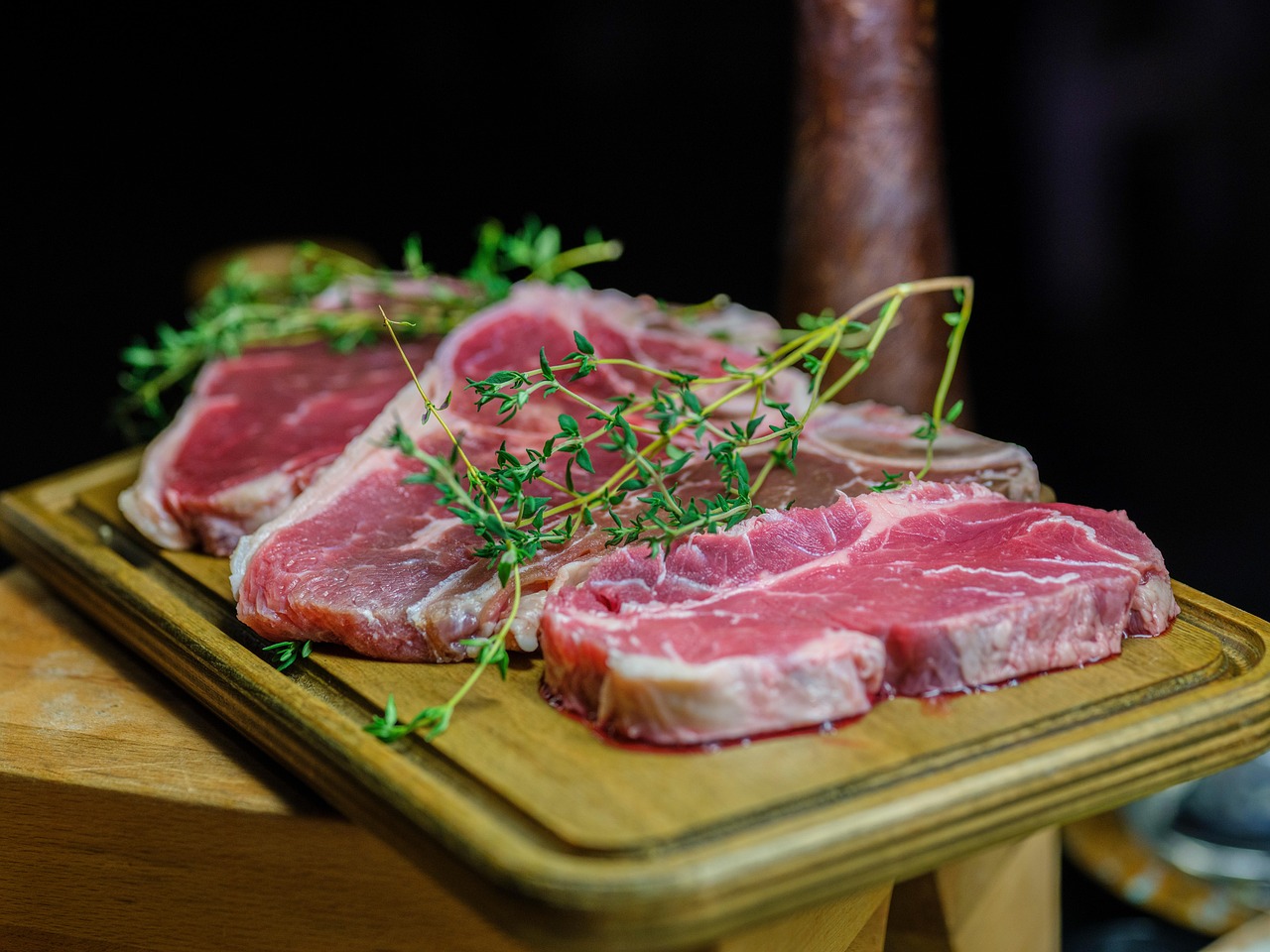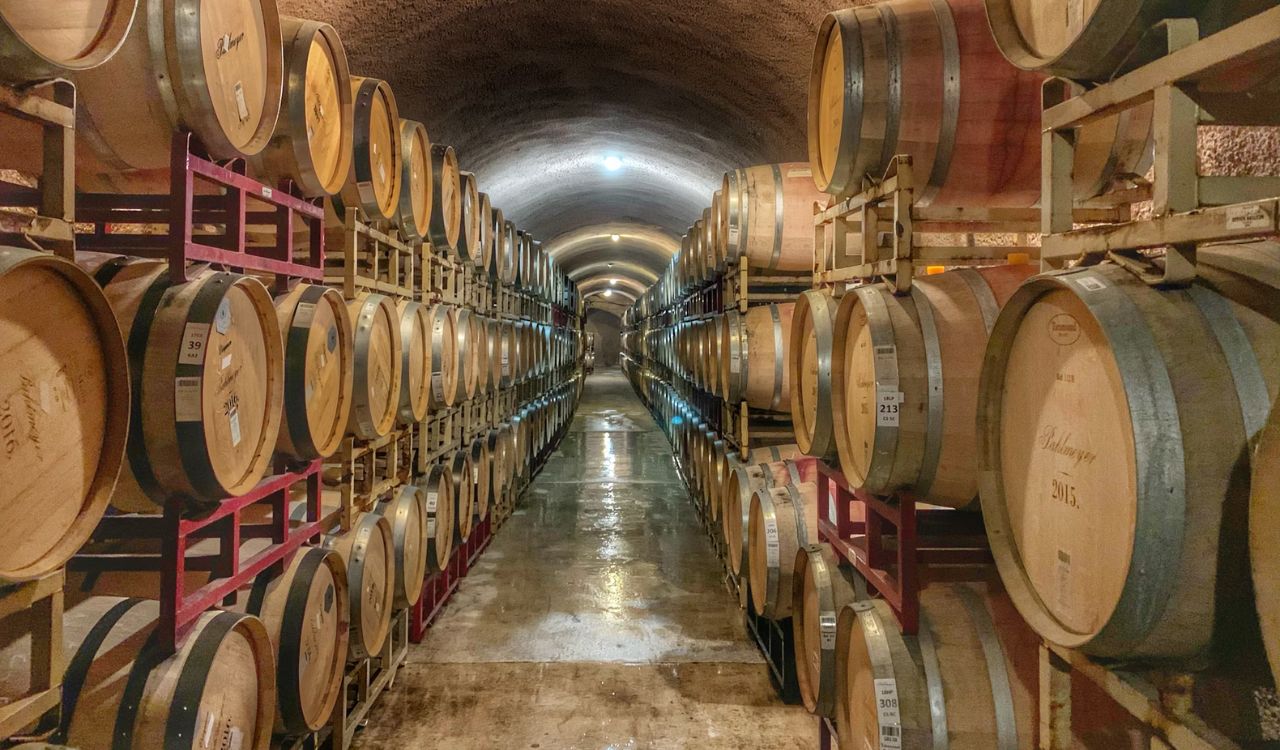The Real Flavor Difference Between Beef Ribs and Pork Ribs
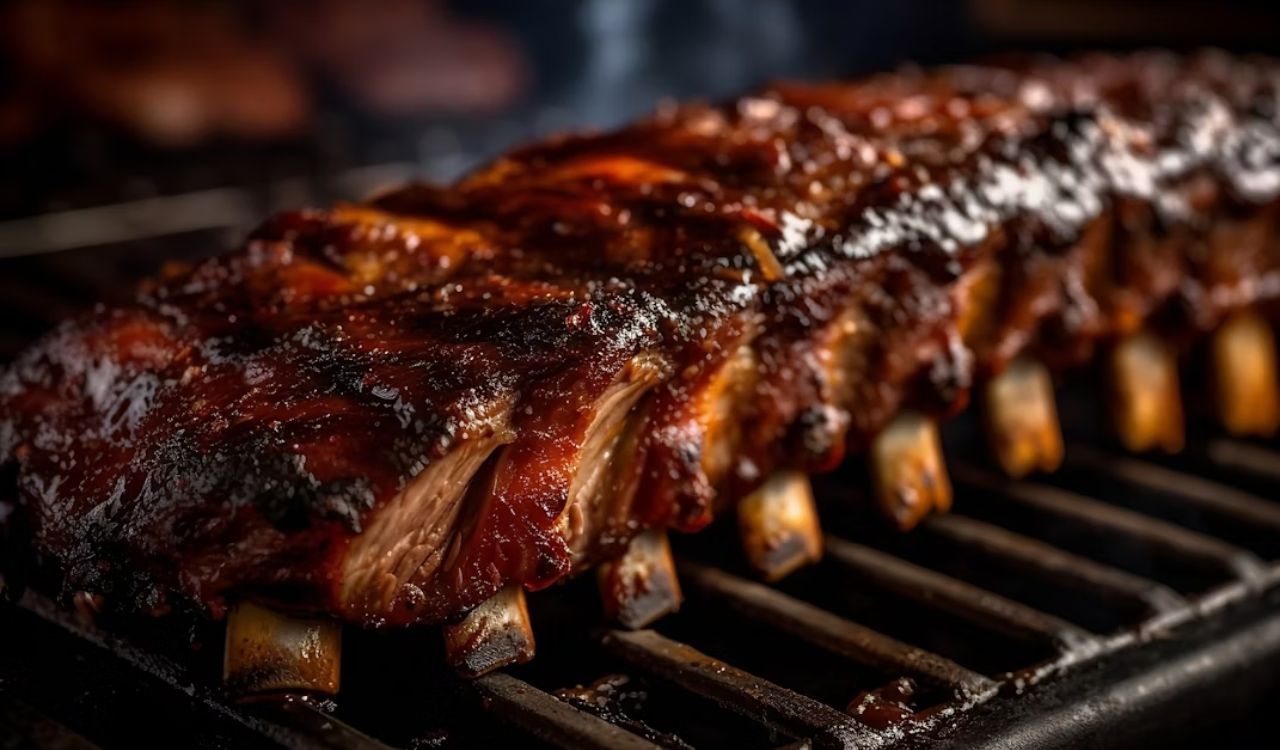
Few barbecue debates are as passionate as the one over ribs. Some people swear by the rich smokiness of beef, while others prefer the tenderness and sweetness of pork. The two may look similar at first glance, but they deliver very different eating experiences. Their flavor, texture, and fat content set them apart, as does the way each responds to slow cooking and seasoning.
Understanding those distinctions can help you make better choices at the grill. Whether you aim for bold, smoky flavors or lean toward lighter, sauce-friendly dishes, knowing what separates beef ribs from pork ribs can turn an average meal into a standout one.
Taste and Texture: What Makes Each Type Unique
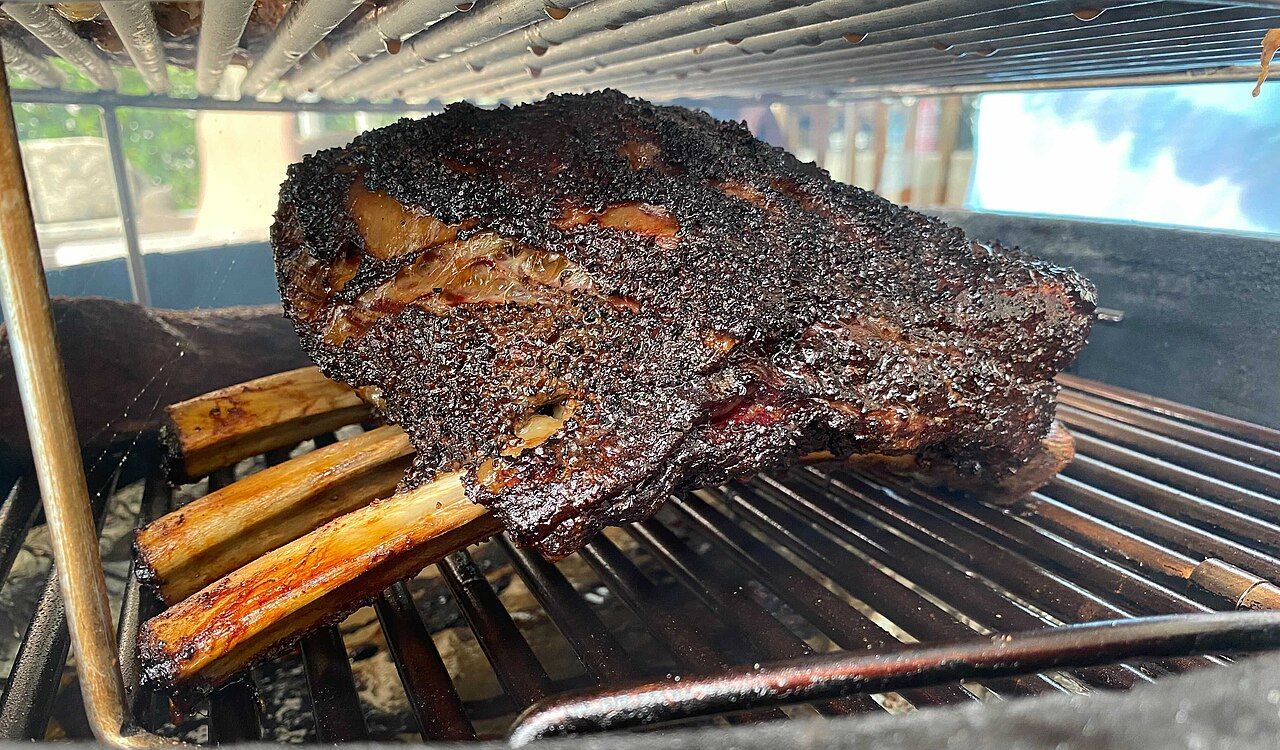
Beef Ribs: Deep, Savory, and Robust
Beef ribs bring the kind of flavor that fills the air before the first bite. Their dense muscle fibers and marbling create an unmistakably rich, meaty taste. The fat melts gradually during slow cooking, coating the meat in layers of beefy depth. Each bite feels substantial, almost like eating a steak on the bone. The larger bones and thicker meat mean longer cooking times, but the payoff is tenderness that holds its shape without falling apart.
When prepared with simple seasonings like salt, pepper, and garlic, beef ribs shine on their own. The flavor does not need heavy sauces or sugary glazes. On the grill or in a smoker, their juices caramelize beautifully, creating a crust that balances smoke and salt in every mouthful. The combination of size, marbling, and cooking time makes beef ribs the star of any backyard feast.
Pork Ribs: Mild, Sweet, and Versatile
Pork ribs lean in the opposite direction, offering a gentler, slightly sweet taste that adapts to almost any flavor combination. Their milder character absorbs marinades and spice rubs easily, which is why they are a favorite canvas for regional barbecue styles. Whether glazed with tangy vinegar sauce or sticky honey glaze, pork ribs carry seasoning beautifully without losing their natural flavor.
The meat is tender and pulls cleanly from the bone when cooked properly. Because pork ribs are smaller and contain less connective tissue, they require less cooking time than beef. Their flavor pairs well with fruit-based sauces, mustard, or even spicy chili blends. While beef ribs dominate the Texas grill scene, pork ribs hold the crown in Southern and Midwestern barbecues where sweet, smoky flavors rule.
Nutrition and Portion Differences
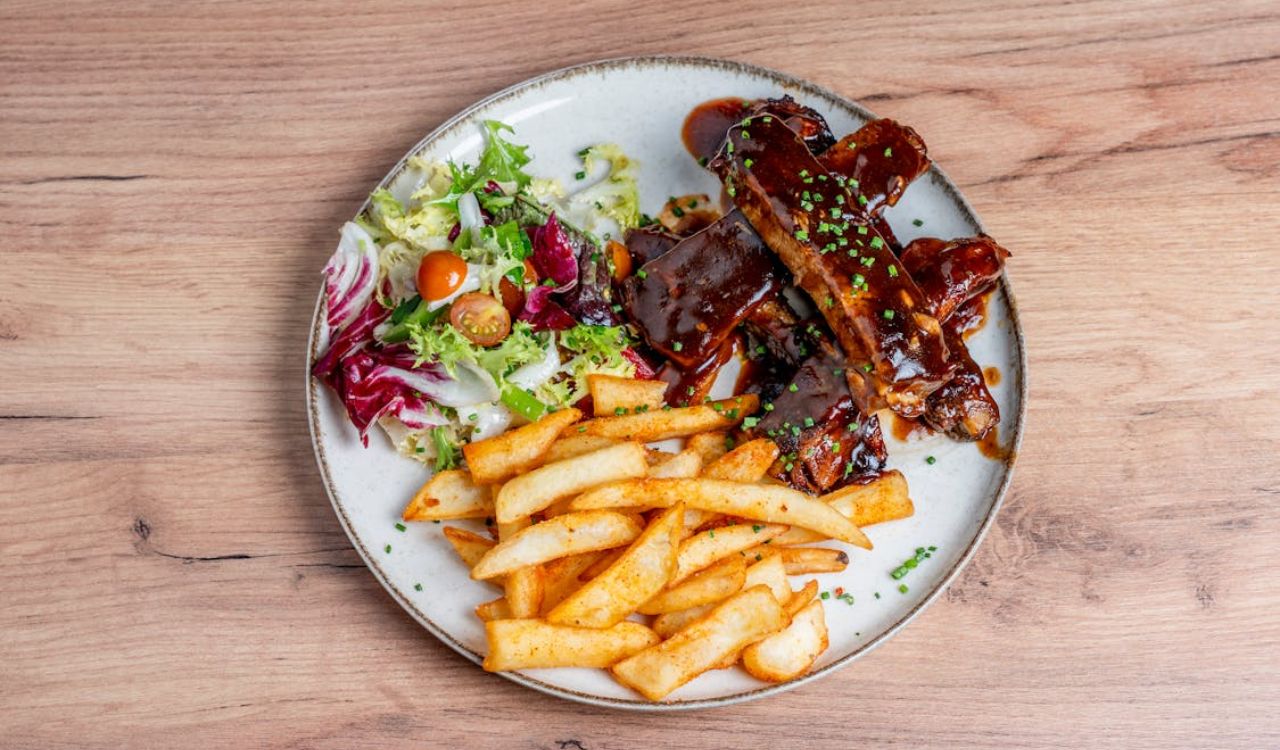
Taste aside, nutritional differences between beef and pork ribs are also worth considering. The amount of fat, protein, and calories you consume can vary significantly between the two.
Size and Cut
Beef ribs are significantly larger, which contributes to their higher calorie and fat content. A single beef rib can weigh up to two pounds and deliver a hefty serving of protein but also more saturated fat. Pork ribs, on the other hand, are smaller and contain less connective tissue, making them lighter but also less fatty.
Pork ribs are typically more cost-efficient and require less labor, which is why they remain a staple for restaurants and caterers looking for manageable portions.
Calorie and Fat Content
Per 100 grams, cooked beef ribs contain roughly 372 calories, 23 grams of protein, and about 30 grams of fat. Pork ribs, in comparison, average closer to 213 calories per 85-gram (three-ounce) serving, depending on whether the rib is spare or baby back.
This means that while beef ribs deliver more protein, they also pack a higher calorie load. For those watching fat intake, pork ribs are often a lighter choice.
Nutritional Takeaways
If you are looking for richness and indulgence, beef ribs are the way to go. They offer a heartier portion, a deep smoky flavor, and high protein content. If you want something lighter or easier to portion for a crowd, pork ribs make more sense. They are smaller, cook faster, and can adapt to a wide range of sauces and seasonings without feeling heavy.
Cooking and Pairing Tips
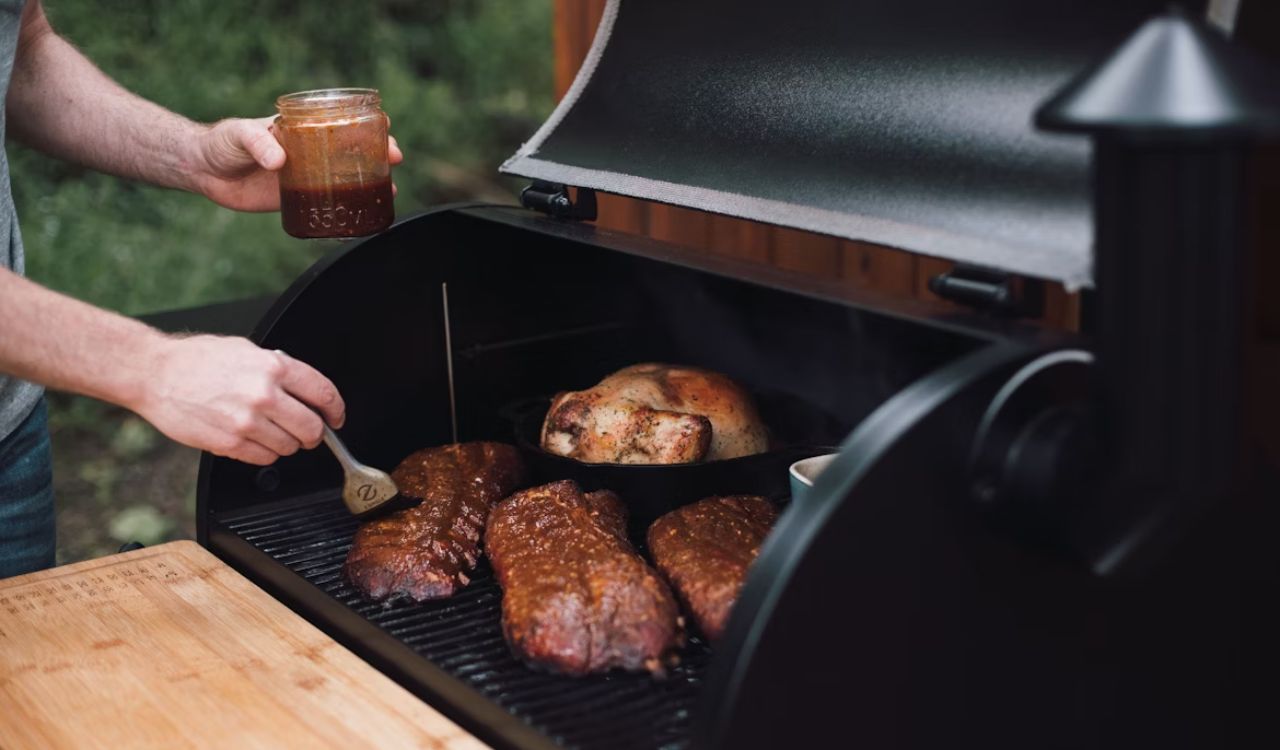
Flavor differences really shine when you understand how to cook each type of rib correctly. Both require patience and low heat, but the details vary based on their structure and fat content.
How to Cook Beef Ribs
Beef ribs thrive under long, slow cooking. The goal is to render fat and soften connective tissue without drying the meat. Here are a few essentials:
- Keep it simple: Stick to salt, pepper, and maybe garlic or onion powder. Heavy rubs can overpower the beef’s natural flavor.
- Low and slow: Smoking at 225 to 250 degrees Fahrenheit for six to eight hours is ideal. This process allows collagen to melt and the meat to become tender.
- Rest before slicing: Resting helps the juices redistribute and prevents dryness.
Beef ribs pair beautifully with hearty sides such as baked beans, roasted vegetables, or garlic mashed potatoes. The richness also works well with sauces containing black pepper, red wine, or Worcestershire.
How to Cook Pork Ribs
Pork ribs are more forgiving and cook faster. Their smaller size allows more flexibility in seasoning and cooking style.
- Use balanced rubs: Combine brown sugar, paprika, salt, pepper, and cayenne for a classic mix.
- Follow the 3-2-1 method: Smoke for three hours, wrap in foil for two, and finish unwrapped for one hour to develop a caramelized crust.
- Experiment with sauces: Pork ribs complement both sweet and spicy flavors, from honey-based glazes to vinegar-forward Carolina styles.
Because pork has a lighter flavor, it pairs best with tangy slaws, cornbread, or pickled vegetables that cut through the richness.
Choosing Between Beef and Pork Ribs
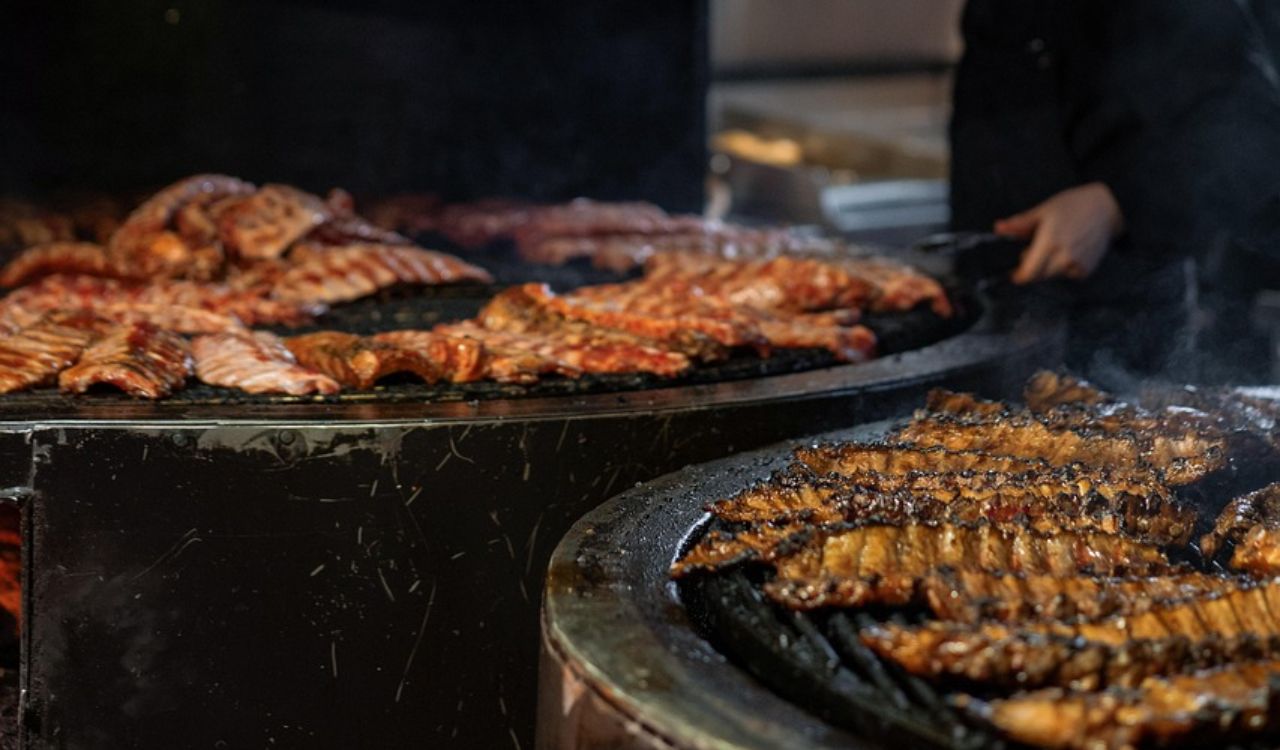
Ultimately, the right choice depends on your taste preferences, budget, and cooking goals.
Choose beef ribs if you want a deep, steak-like experience with bold flavor and don’t mind longer cook times. Choose pork ribs if you want something quicker, milder, and more versatile with different seasonings.
For beginners, pork ribs are easier to master, while beef ribs reward more experienced cooks who enjoy managing temperature and timing precisely. Both have their place in American barbecue culture. In Texas, beef ribs are the undisputed favorite, often cooked simply with salt and pepper. In the Carolinas and Memphis, pork ribs dominate, celebrated for their sweet glazes and smoky tenderness.
Whether you prefer the richness of beef or the sweetness of pork, learning how to bring out each rib’s best qualities will help you make the most of your next barbecue.
Choosing Between Pork Ribs and Beef Ribs

The real flavor difference between beef ribs and pork ribs lies in intensity, fat content, and flexibility. Beef ribs deliver hearty, smoky satisfaction that stands on its own, while pork ribs bring approachable sweetness and adaptability. Each can be exceptional when prepared correctly.
Understanding what sets them apart lets you cook smarter, waste less, and get better results every time you fire up the grill. In the end, both types of ribs tell a story of craftsmanship, patience, and the joy of sharing a perfectly cooked meal.
References
- Beef Ribs Vs Pork Ribs, a Comparison of Size, Taste, Nutrition, Cost and More- FoodFireFriends.com
- Beef Ribs vs Pork Ribs: The Differences & Similarities Broken Down- BBQChamps.com
- Beef Ribs Vs Pork Ribs: What’s The Flavor Difference?- FoodRepublic.com
- Calories in Ribs- Foods.FatSecret.com
- Beef ribs nutrition: calories, carbs, GI, protein, fiber, fats- Foodstruct.com
- Beef Ribs vs. Pork Ribs: Everything You Need to Know- TysonFoodService.com




